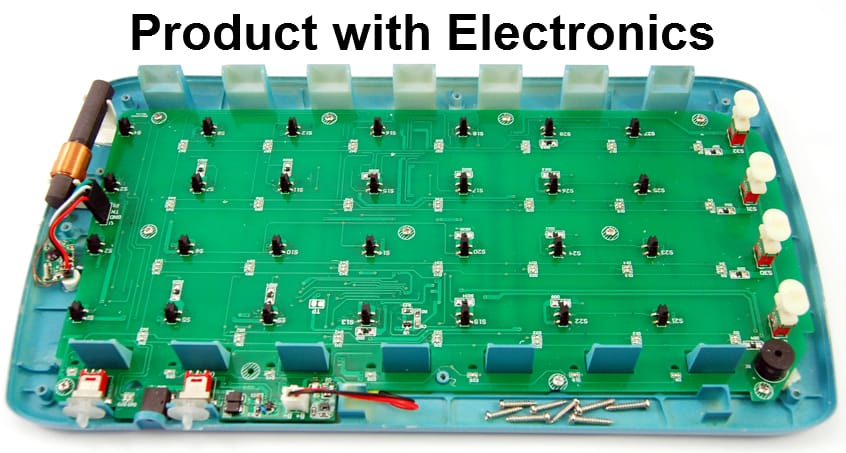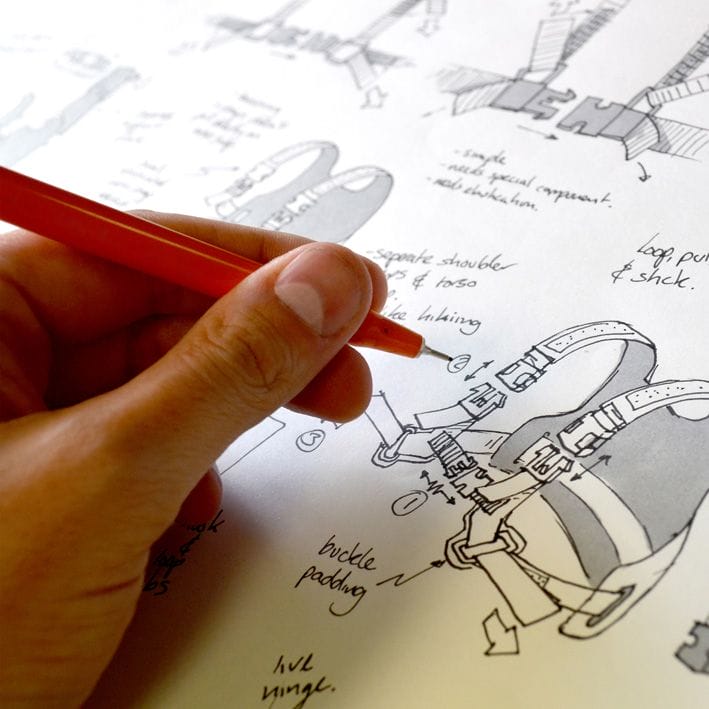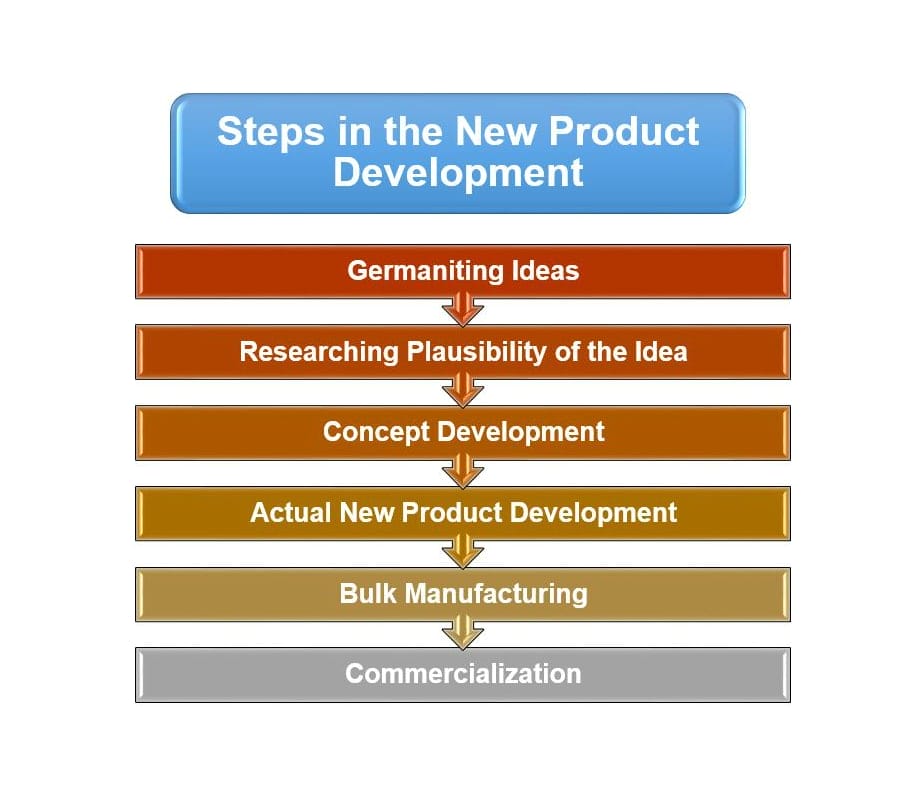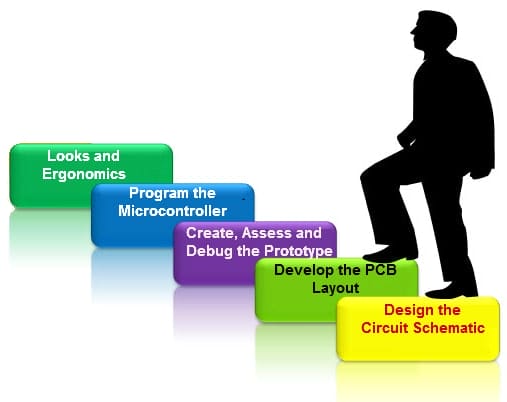So you have a novel idea for a new product with electronics? How would you realize your product idea and take it to the market? Well, develop a product prototype, get it bulk-manufactured, and start selling! It sounds very simple, isn’t it?
The reality: nothing is simple or easy about introducing a new product into the market. And, it is even more challenging and arduous when it comes to introducing a complex product, like a new product with electronics, to the market.
Most budding innovators have the false impression that they can take a new product from concept to consumers in a short time, like within a year. That is not true for most products – even untrue for simple products.
Taking a new product with electronics to the market is expensive. Most innovators and startups do not have enough money or risk tolerance to create a definitive product in one step. If they, however, take several small steps, they can get success with their new product. Here is what an innovator or startup should do in order to realize their product and take it to the market.
Validate the Product Concept
In order to prove your product concept, the best thing you can do is create a product prototype. You will need to have a functional prototype of your conceived product. While developing a prototype, ensure to keep the cost of development as low as possible. Since your conceived idea is for a product with electronics, you will need to use breadboards as well as certain electronic modules.
A breadboard helps create an electronic prototype without the need of a specific or definitive PCB (printed circuit board). A breadboard is generic and reusable, so you can create any circuit on it again and again. It is an excellent board for creating and experimenting electronic prototypes.
To create a prototype for a product with electronics, you can also use Arduino. Arduino is a popular electronic development kit, which helps create advanced prototypes for products with electronics. Arduino is a microcontroller-based kit, and the best thing about it is, it is very inexpensive.
Electronic modules are those components that are designed to perform specific functions. For instance, electronic modules may be used to execute functions like video capture, GPS, Bluetooth, and Wi-Fi among many others.
While a product prototype is not something that you can sell into the market, it is certainly the “Thing” that helps you prove, your conceived product idea actually works.
Validate that the Product Will Sell
In order to prove that your conceived product can actually be sold in the market, you will need to create a definitive prototype – a close substitute for the final product. This close substitute or definitive prototype needs to be produced in a small quantity so that they can be sent to the market for testing and getting valuable feedback.
Innovators will never know what the customers precisely want. They can assume, but will not know what the potential users actually want. The best way to know what the customers want, however, is with their feedback!
So to create a close substitute or definitive prototype for your product with electronics, you will need to look farther than electronic development kits (breadboards and Arduino). What you will need is actual printed circuit boards, specifically designed for your conceived product. On this PCB, you will need to integrate actual electronic components. This prototype should perform all the functions that are expected in the final product.
Unlike initial prototypes, creating definitive prototypes is challenging. Therefore, partnering with a product prototype development company that has experience with the development of products with electronics is a good idea. Such a product prototype development company has the knowledge in the field of electronics, and will help create definitive product prototypes that can be put on the market for testing and getting feedback.
Now the Profit
In order to make the profit, you need to create a perfect final product or an archetype, bulk manufacture it, and send the bulk-manufactured product to the market to the actual customers. An archetype of a conceived product is created after eliminating defects and improving certain functions based on feedback received on the definitive prototype.
Once the archetype is ready, the next step is to partner with a manufacturer. Since it is a product with electronics, it will need a plastic casing. Therefore, you need to partner with a unique plastic product manufacturer who not only specializes in plastic product manufacturing but also in handling electronics. If the unique plastic product manufacturer has the experience in helping take the bulk-manufactured products with electronics to the market, then it is an added advantage. Else, you will need to find professionals who can help bring your new product to the market.
If you have a unique idea for a new product with electronics and want to realize the product and bring it to the market, then professional help is available! GID Development Corporation, an eminent product design company in California, helps innovators in designing, prototyping, and developing a wide range of products, including products with electronics, electromechanical products, products with imbedded software, sports products, medical device products, and more. Aside from product design, product prototype development, and new product development, GID Development Corporation also specializes in plastic product manufacturing. With its plastic product manufacturing specialization, GID Development Corporation can help bulk manufacture a wide range of products. The professionals at GID Development Corporation also assist innovators to take their new products to the market.
To learn more about GID Development Corporation, a leading product design company in California, visit https://www.gidcompany.com/.
You can now have a free 15-minute telephonic conference with one of the professionals at GID Development Corporation. Just call Jim Grimes at 714-323-1052 between 8:00 AM to 5:00 PM PST.








